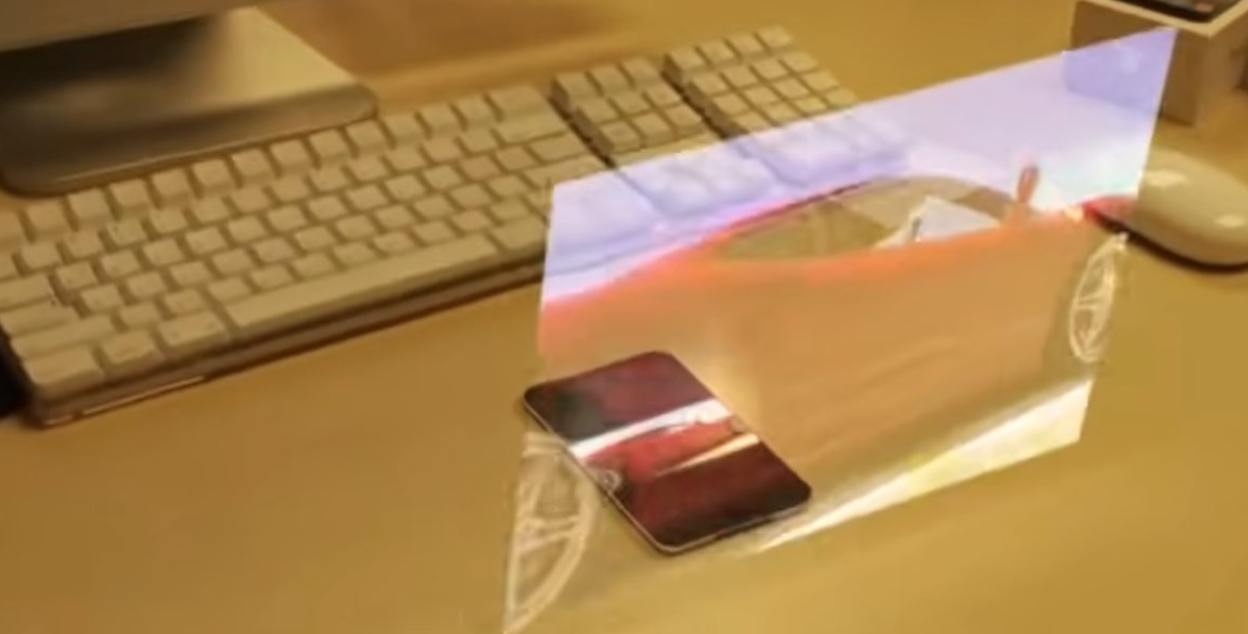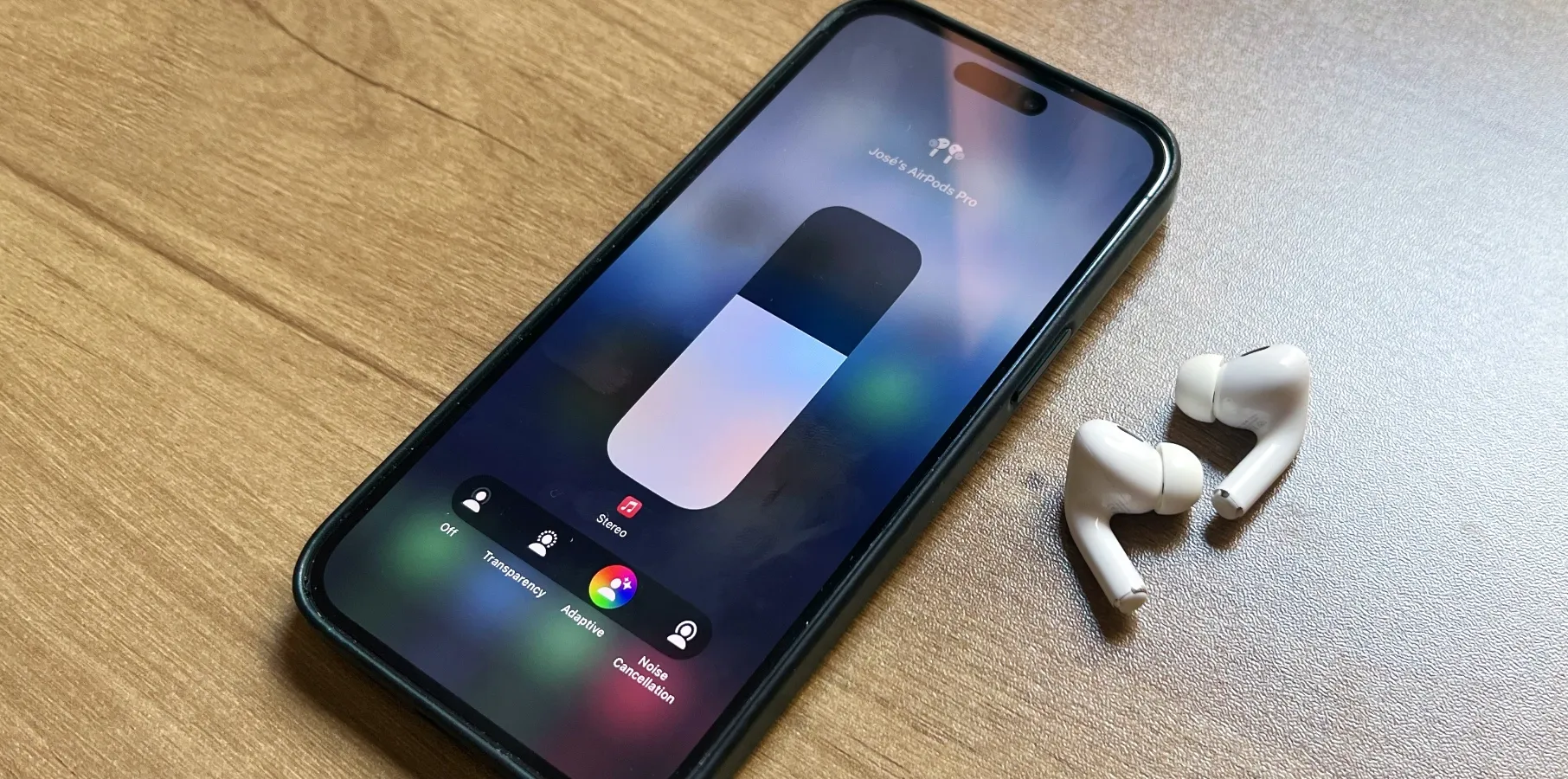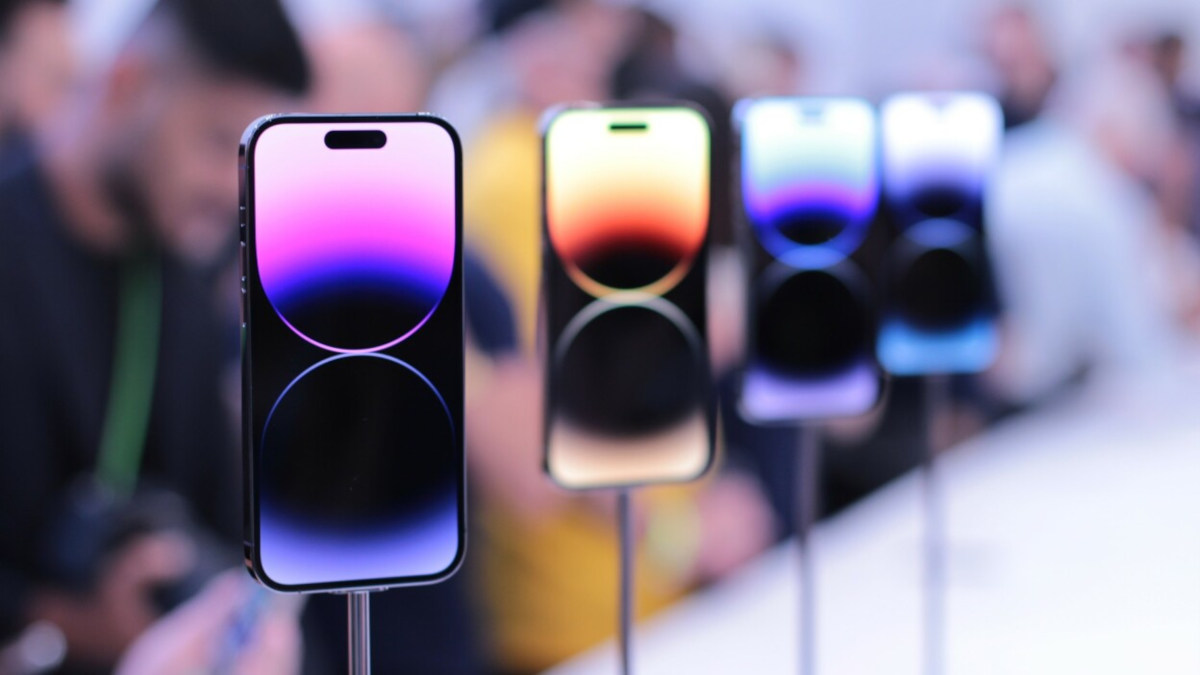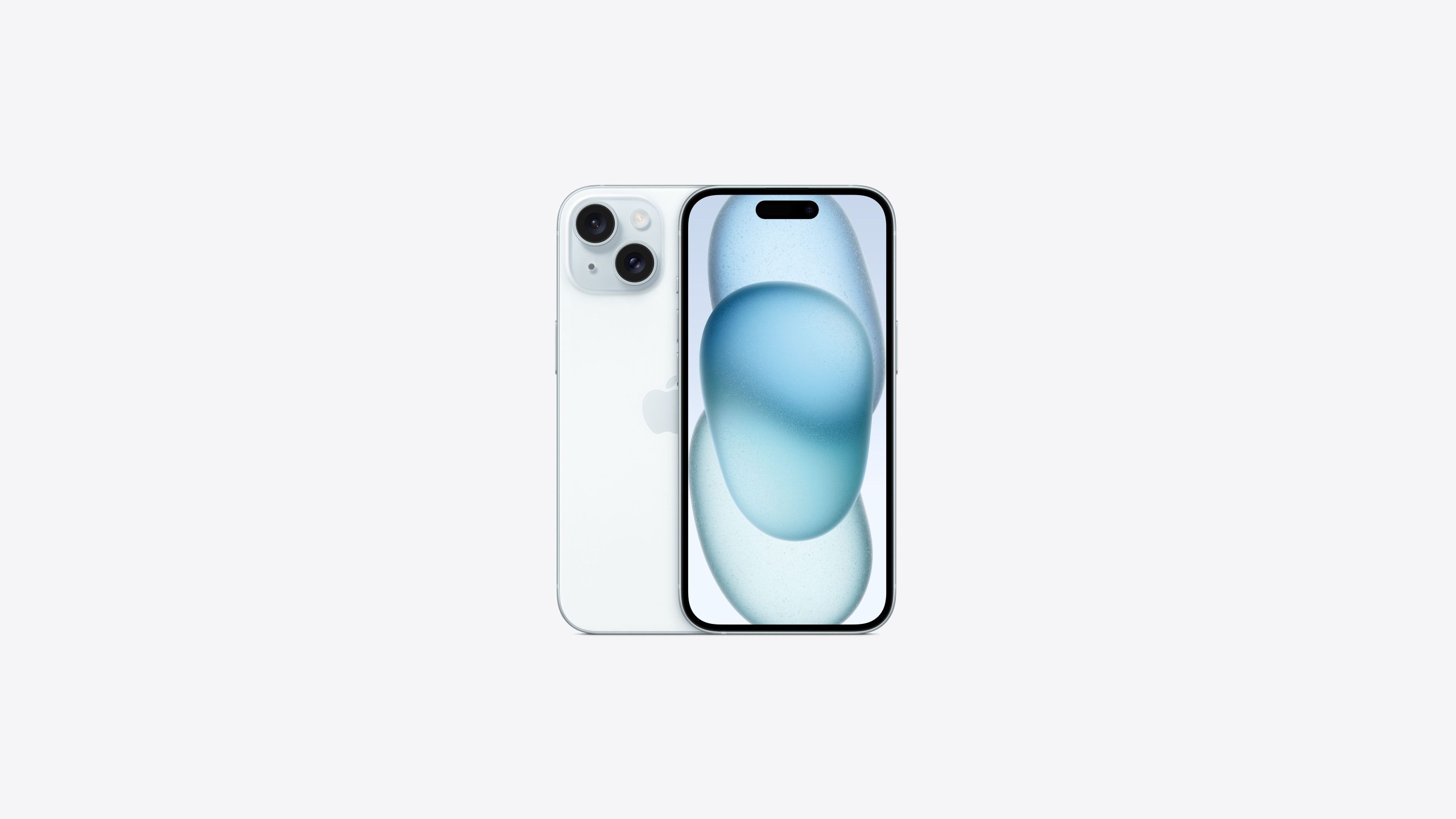Highlights
- New technique generates 3D holograms using an ordinary iPhone.
- Method bypasses expensive lasers, using screens and spatial light modulators.
- Research demonstrates cost-effective holographic displays.
- Potential future applications in VR, commercial, and military sectors.
While holographic technology has long been a staple of science fiction visuals, creating realistic holographic displays has typically required expensive and complex laser systems – until now.
In a breakthrough, researchers at Optics Letter have demonstrated the ability to generate 3D holographic images using just the touchscreen of an ordinary iPhone.
Moving Beyond Costly Laser Systems

Traditionally, the only way to produce holographic projections has involved utilizing sophisticated and costly laser emitters.
However, this new approach leverages more affordable and accessible components, potentially opening up holographic displays for a wider range of virtual reality applications and use cases.
Coordinating Screen and Spatial Light

The researchers, whose findings were published in the journal Optics Letters, revealed they were able to create a two-layer, full-color 3D holographic image by combining an iPhone 14’s screen with a spatial light modulator.
One layer was projected via the modulator, while the iPhone’s screen itself displayed the second layer.
Through careful algorithm modeling, the team coordinated the light output from both sources to produce a realistic-looking holographic display akin to those created by expensive laser setups.
Complex Coordination, Affordable Result

While the methodology may seem simple, achieving this holographic effect required highly intricate modeling and coordination between the iPhone screen and spatial light modulator.
However, the researchers’ efforts paid off by demonstrating holographic visuals can be achieved through more cost-effective means compared to the prohibitively expensive laser systems previously required.
Potential for Scaling and Commercialization

Although hologram technology has seen some limited use before, such as NASA “teleporting” a doctor to the International Space Station, this iPhone screen breakthrough could open new avenues.
Looking ahead, the researchers aim to explore ways to scale up and enhance the technology for potential commercial or military applications now that an affordable foundation has been established.
By tapping into the power of commonplace smartphone screens, realistic 3D holographic displays may soon become much more accessible and widespread across various industries and consumer applications.
FAQs
How does the new holographic display technology work?
The recent breakthrough in holographic technology involves using the touchscreen of an iPhone combined with a spatial light modulator to create realistic 3D images.
The iPhone screen displays one layer of the hologram, while the modulator projects the second layer.
Synchronized through sophisticated algorithms, this setup mimics the effect of high-end laser systems but at a fraction of the cost.
What are the advantages of using iPhone screens for holographic displays?
Utilizing iPhone screens for creating holograms offers a more accessible and cost-effective alternative to traditional laser-based systems.
This method allows for the production of high-quality holographic visuals without the need for expensive equipment, making the technology more feasible for broader applications.
What potential applications could this holographic technology have?
This innovative approach to holographic displays opens up possibilities in virtual reality environments, augmented reality applications, advertising, education, and even military planning.
The technology could be used to enhance user experiences by providing more immersive and interactive visuals.
What challenges did researchers face in developing this technology?
Developing this technology required intricate coordination between the light output of an iPhone screen and a spatial light modulator.
The researchers had to carefully align and synchronize the images from both sources using complex algorithms to ensure the hologram appeared realistic and three-dimensional.
Also Read: iPhone SE 4 Likely To Include USB Type-C, 48MP Camera, And, More: Report
Also Read: iPhone SE 4 Redesign Rumours Point to an iPhone 14-like Look
